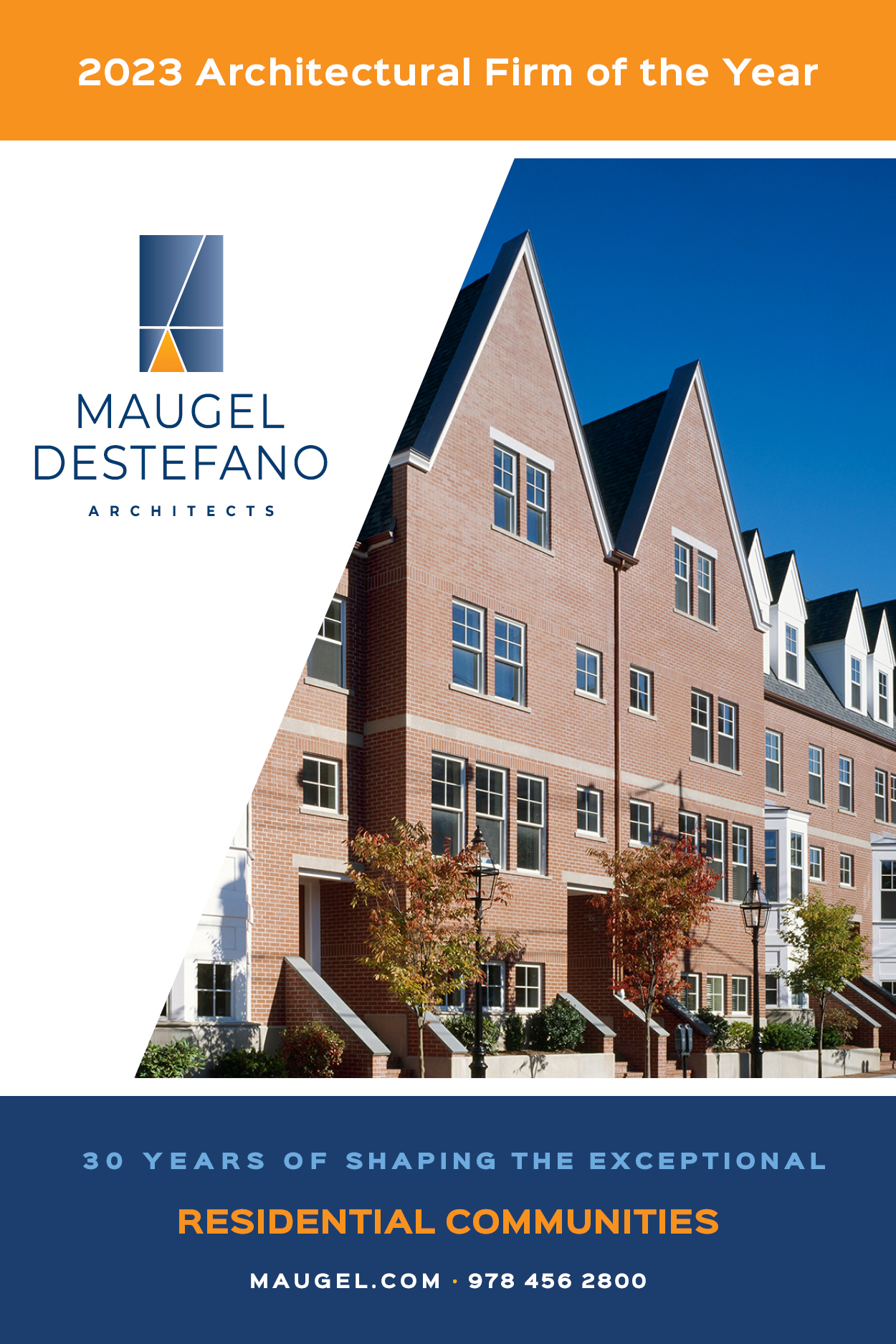Boston–While the pandemic upended traditional norms of working and living, it also served as a disruptor, presenting a new opportunity to re-imagine the workplace. Understanding that the pre-COVID office does not support the workstyle of the future, Oxford Properties tapped Boston-based firm SGA to create a space that provides what companies and individuals need from the workplace that the home does not provide: dynamic and flexible spaces that are safe, comfortable, adaptable and that foster a sense of community.
Catering to a new era of office workers, SGA designed a speculative suite on the fourth floor of Oxford’s 22-story, LEED-Gold certified office tower, 125 Summer Street in Boston. The firm closely collaborated with Workflow – a service-oriented commercial furniture dealer – to cleverly address the wide spectrum of personal, team, spatial, and technological needs of today’s workers while future-proofing the space for prospective tenants.

“We are witnessing an ongoing transformation in workplace culture in which amenities have become a top driver for businesses, and the demand for move-in ready spaces that address this cultural shift is higher than ever,” said Matt Polhemus, Director, Head of Leasing at Oxford Properties Group. “We’re thrilled to collaborate with SGA to design a space that captures the flexible, scalable, and hospitality-focused office environment of the future, and we’re confident the result will drive forward customer occupancy at 125 Summer Street.”
The office suite at 125 Summer Street is designed around four distinct work modes – Meet, Ideate, Connect, and Retreat – to appeal to a variety of tenants and support the workstyle of the future.
“Moving forward, organizations have an exciting opportunity to redefine what the office is for, and how it can best support their employees and the four work modes by understanding what employees and teams need to accomplish from their in-office experiences. We see a future where the office experience will evolve more towards a place of connection and ideation than the place where individual work gets done,” says Amy Hill, Principal at Workplace Strategist at Workflow.
Wanting to reduce the number of physical touchpoints, SGA divided the floor plan into distinct zones that enable employees to easily migrate to areas that are the best fit depending on the task at hand. At the center of the space, an elevator bank and restrooms are enveloped by a supply amenity zone – providing opportunities for locker storage, pantries, sanitizing stations, and office equipment – as well as the main circulation path. Around the perimeter, SGA designed a series of open spaces and closed rooms to facilitate each of the four work modes.
A reception area and lounge, located off the main entryway, takes on many functions: greeting visitors, supporting employee tech needs, providing a full pantry, and enabling informal collaboration through the use of flexible furniture. Adjacent to this, a more traditional boardroom provides easy access to visitors and can be fully opened to the lounge to accommodate a large, all-hands meeting or event. Meanwhile, a series of video conferencing rooms are designed to support small- and large-scale meetings and are equipped with appropriate face lighting, backdrops, acoustics, and wireless sharing capabilities for hybrid work and virtual collaboration.
For focused work, open office areas are placed throughout the space in scalable neighborhoods and feature mobile workstations to adapt to a variety of team settings. To facilitate in-person collaboration, an agile team zone is equipped with flexible furniture, wireless presentation capabilities, and acoustic materials while agile lounge zones spill outside of meeting rooms to support informal conversations. At the far corner, a quiet commons offers a respite from typical work zones and provides alternative seating options for individual heads-down, work while smaller meet + focus rooms support the need for a more traditional private office space for focused work or in-person private meetings.
 “We’re reimagining how space is used to support the future of hybrid work, which itself is continually evolving,” comments Gable Clarke, IIDA, LEED AP and Partner at SGA. “Since people have learned to work from anywhere, the office needs to be a flexible destination to aid the type of in-person idea exchanges and collaborations that cannot be achieved on digital platforms.”
“We’re reimagining how space is used to support the future of hybrid work, which itself is continually evolving,” comments Gable Clarke, IIDA, LEED AP and Partner at SGA. “Since people have learned to work from anywhere, the office needs to be a flexible destination to aid the type of in-person idea exchanges and collaborations that cannot be achieved on digital platforms.”




















